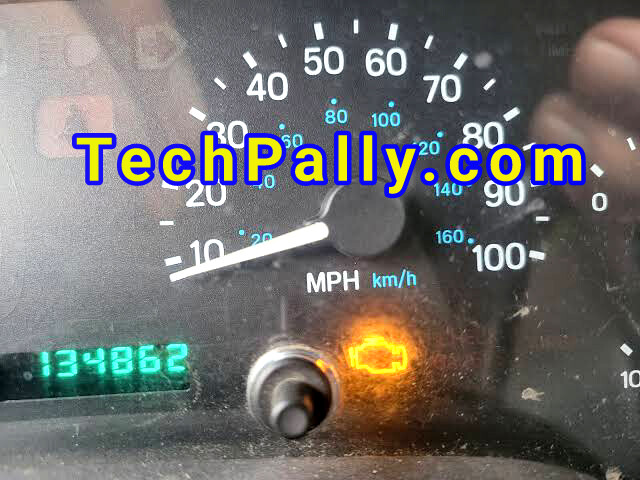Are you having a check engine light in your Jeep, and your car is not moving?
It’s frustrating right? A check engine light on your Jeep can be caused by a variety of issues, so let’s look at the common issues when that happens.

Common Causes of the Check Engine Light
Loose Gas Cap
A loose or damaged gas cap can trigger the check engine light.
Once the light appears on your board, get down and try tightening or replacing the gas cap.
Faulty Oxygen Sensor
A malfunctioning oxygen sensor can cause the check engine light to come on.
You may have to replace the sensor, chaktty advised.
Catalytic Converter Issues
A clogged or faulty catalytic converter can also be the culprit here.
Mass Airflow Sensor Problems
A dirty or faulty mass airflow sensor can cause the check engine light to come on too, you should keep it maintained.
Spark Plug Issues
Worn-out or fouled spark plugs can also cause the check engine light to come on.
What steps should you take?
Check the Dashboard Warning Lights
First, check for other warning lights on your dashboard, such as the temperature or oil light, to help identify the issue.
Use a Code Reader
Also, try connecting a code reader to your Jeep’s OBD-II port to retrieve the trouble code.
This can help you identify the specific issue, so you would be able to solve the problem without stress.
Check the Owner’s Manual
Another good step is to check your car manual for guidance on troubleshooting the check engine light.
Consult a Mechanic
If you’re unsure about the issue or how to fix it, TechPally advised you to consult a professional mechanic for assistance.
Resetting the Check Engine Light
If you’ve fixed the issue, you can try resetting the check engine light using a code reader or by disconnecting the battery for 30 seconds.
However, be aware that resetting the light without addressing the underlying issue may not resolve the problem.
Remember to always follow proper safety procedures when working with electrical systems, and consult a professional mechanic if you’re unsure about any aspect of the process.
The engine control light, or MKL for short, is one of numerous warning and control lights in a car’s instrument cluster.
It lights up yellow or orange, stylising an engine block, and indicates that there is a fault in the engine control system that affects the engine’s emissions behaviour.
Many people fear the engine control light coming on because the fault is often followed by a high garage bill, according to TechPally.
This is why some people jokingly refer to the MKL as the 1000 euro light. But more expensive damage is not always the reason for it coming on.
If the engine is running properly, for example, the engine control light only lights up briefly to check its functionality when the ignition is switched on.
After the engine has started, it goes out again after three seconds at the latest.
Only if the engine control light does not go out and continues to light up or flash while driving is there actually a fault.